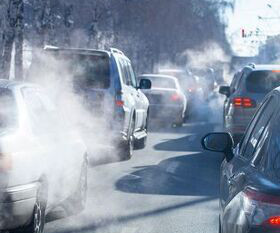UK ONS report finds significant challenge remains to reduce road transport emissions; sector GHG emissions up 6% from 1990-2017
Green Car Congress
SEPTEMBER 17, 2019
A new report by the UK’s Office for National Statistics (ONS) finds that greenhouse gas (GHG) emissions from road transport in the UK rose by 6% from 1990 to 2017. Source: Office for National Statistics – UK Environmental Accounts, Energy Use datasets. Among the other findings of the report: At the end of 2018, 0.5%



















Let's personalize your content